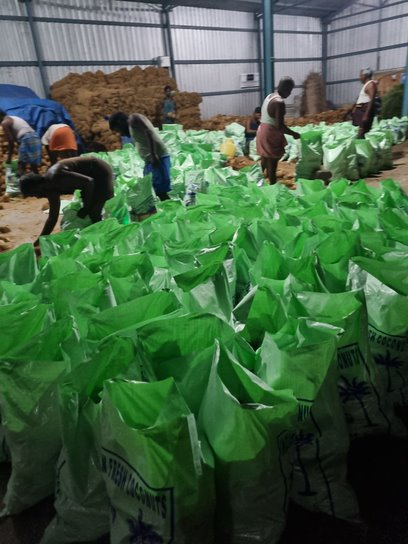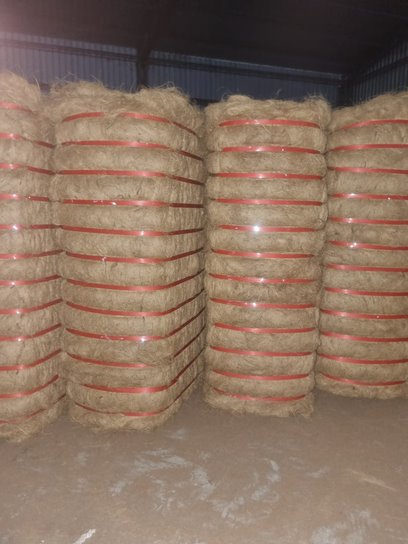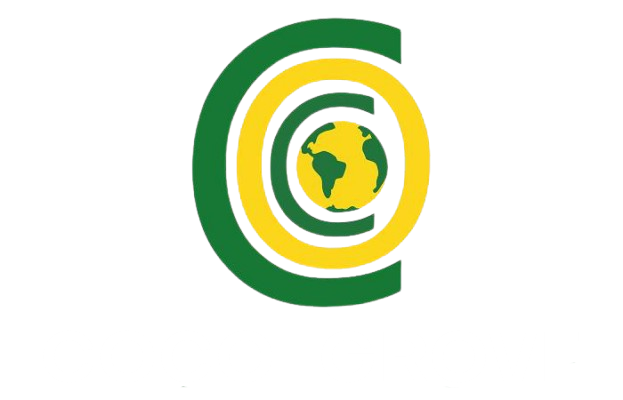How to Use Coir Peat 5kg Blocks in Your Home Garden
Posted by Coco Grove on Feb 4, 2025
Coir peat, also known as coco peat, is a versatile and eco-friendly growing medium derived from coconut husks. It is excellent for retaining moisture, improving soil aeration, and supporting healthy plant growth. This tutorial will guide you through using a 5kg coir peat block for your home garden.
Materials Required
- 5kg coir peat block
- A large container or tub
- Water (approximately 25–30 liters)
- Gardening tools (shovel or trowel)
- Optional: Compost, fertilizers, or soil mix
Step 1: Preparing the Coir Peat Block
- Select a Container: Choose a container large enough to hold the coir peat block and the expanded volume after hydration. A plastic tub, bucket, or garden wheelbarrow works well.
- Place the Block: Position the 5kg coir peat block in the container. Ensure there’s enough space for water to flow around the block.
Step 2: Hydrating the Coir Peat
- Add Water: Gradually pour 25–30 liters of water over the coir peat block. Warm water can accelerate the expansion process.
- Wait for Expansion: Allow the block to absorb water and expand. This process typically takes 15–30 minutes.
- Break It Apart: Use your hands or a gardening tool to gently break apart the expanded coir peat, ensuring no dry chunks remain.
Step 3: Mixing and Enhancing
- Check Consistency: The hydrated coir peat should have a light, fluffy texture. If it feels too dry, add a little more water; if it’s too wet, let it air out for some time.
- Enhance with Additives:
- For General Gardening: Mix the coir peat with garden soil, compost, or organic fertilizers to enhance nutrient content. A ratio of 1:1:1 (coir peat, compost, soil) is ideal.
- For Seedlings: Combine coir peat with vermiculite or perlite for improved drainage and aeration.
- For Pots: Use a 50:50 mix of coir peat and potting soil for potted plants.
Step 4: Using Coir Peat in Your Garden
- As a Growing Medium: Use the prepared coir peat directly in seed trays or containers for germinating seeds. Its moisture-retaining properties help seeds sprout quickly.
- As a Soil Conditioner: Spread the coir peat mix over garden beds to improve soil structure, water retention, and aeration.
- For Mulching: Apply coir peat around plants as a mulch layer to retain soil moisture and suppress weeds.
Step 5: Watering and Maintenance
- Watering: Coir peat retains water exceptionally well, reducing the frequency of watering. However, ensure the soil or growing medium doesn’t become waterlogged.
- Monitoring pH: Coir peat has a neutral to slightly acidic pH (5.8–6.8). For plants requiring alkaline conditions, adjust the pH using lime.
- Rehydration: If coir peat dries out completely, it can be rehydrated by adding water and fluffing it again.
Benefits of Using Coir Peat
- Sustainability: Coir peat is a byproduct of the coconut industry, making it an eco-friendly alternative to peat moss.
- Water Retention: Holds up to 8 times its weight in water, ensuring plants have consistent moisture.
- Improved Aeration: Promotes healthy root growth by allowing air circulation in the soil.
- Versatility: Suitable for a wide range of gardening applications, including vegetables, flowers, and houseplants.
By following these steps, you can effectively use a 5kg coir peat block to enhance your home garden’s productivity and health. Whether you’re growing vegetables, flowers, or houseplants, coir peat is a valuable addition to your gardening toolkit!


